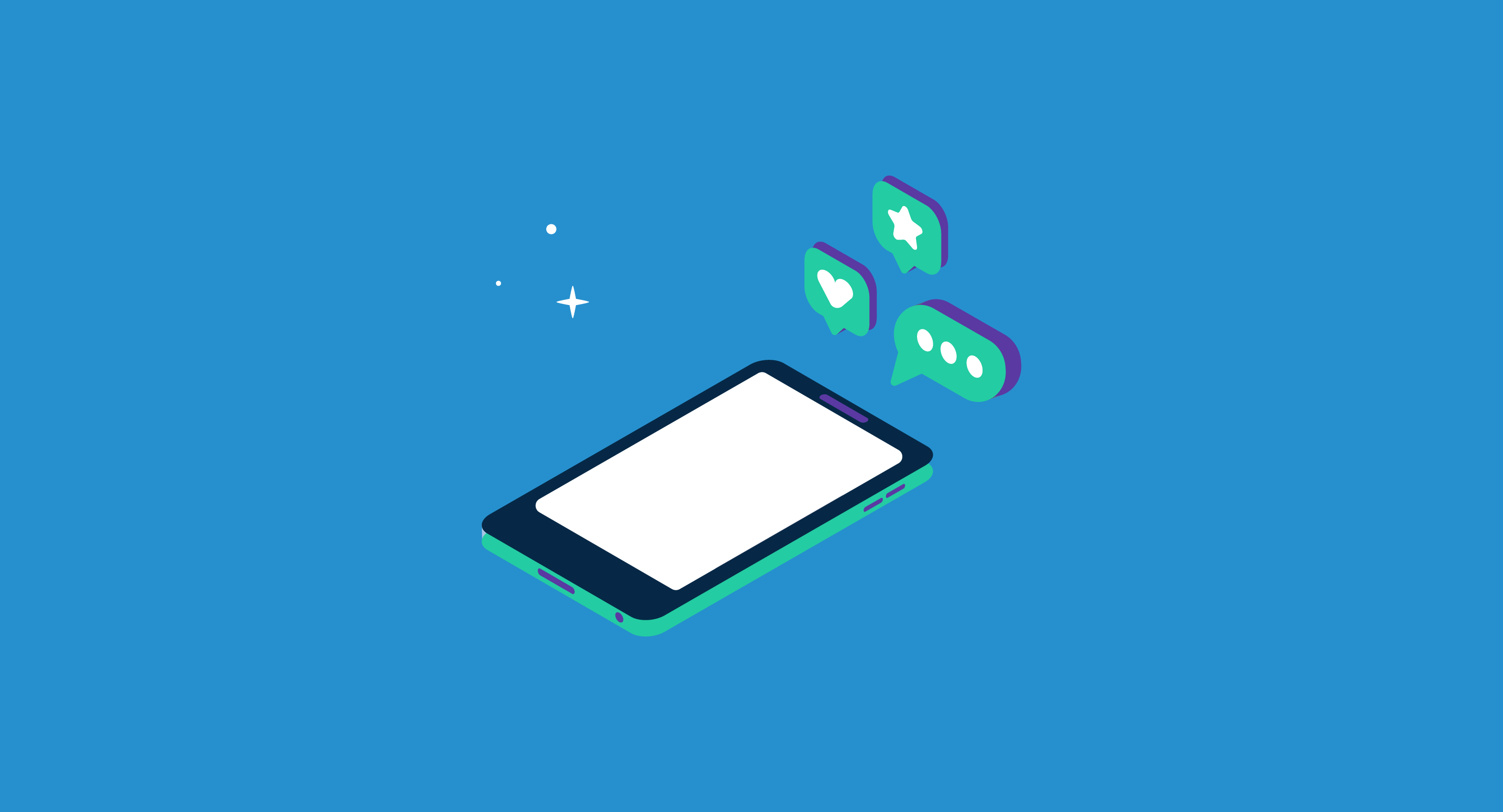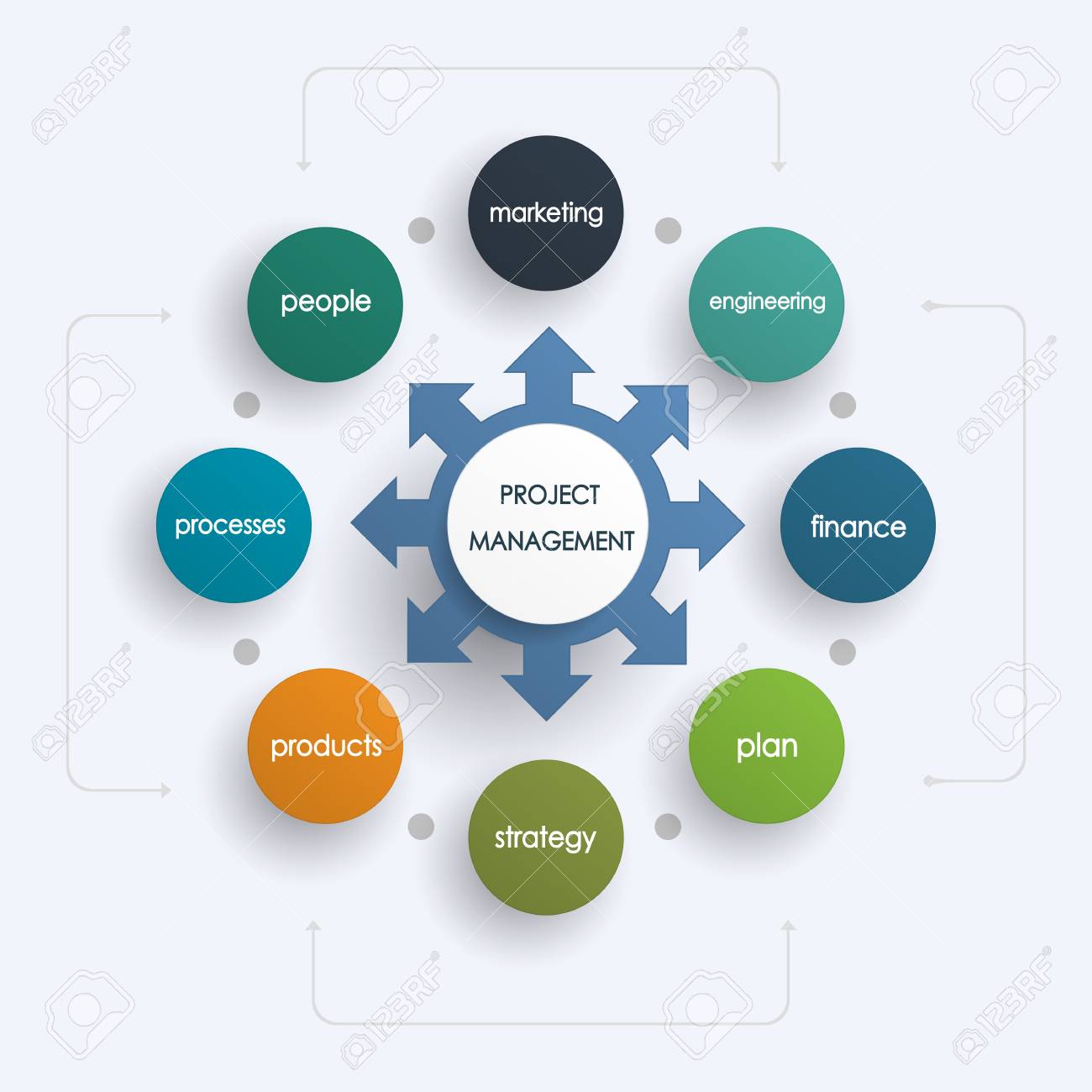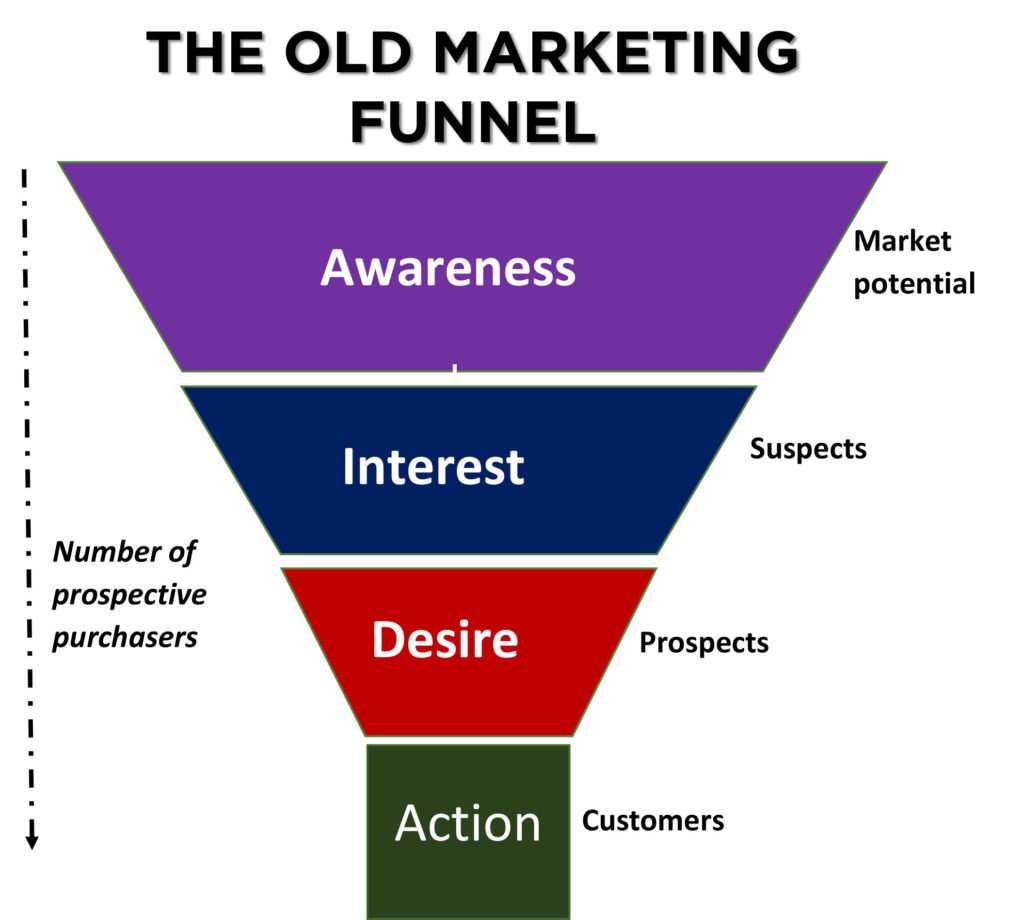
Here are some tips to help you use Twitter to increase ecommerce sales. To begin, you need to establish yourself as a member of the social media network. Then create a path for purchase through the same channel. Finally, measure engagement and implement a buy button. Once you have established a Twitter presence, you can develop your brand's Twitter Ecommerce Strategy. This article covers the most important aspects to Twitter ecommerce.
Twitter: Create a brand presence
Your ecommerce business needs to have a presence on Twitter. This requires understanding the culture. Your campaigns should be designed to encourage followers to engage with your brand, and they should offer an experience that inspires and entertains them. After you've created a long-term strategy for your Twitter marketing, you can either pay for quick exposure or create an organic presence to build your brand and increase sales.
Canva is a great tool for creating a logo and optimizing your Twitter profile. Include your company's name and link as well as the direct link to you website. If you want to increase your Twitter presence, you can create landing page links for your followers so they can click on them when they search for a product or a service. You can optimize your Twitter profile by using trending hashtags. This will allow you to link your business with relevant topics.
Create a pathway to purchase through the same channel
Social media is increasingly being used to increase sales by creating a path for customers to purchase. Social media gives businesses the opportunity to connect with new audiences, increase sales and offer native shopping experiences. For example, Instagram users can buy products from the app rather than visiting the brand's website. Brand loyalists love the seamless purchase process and are encouraged to take advantage to share these features with their friends.

Measuring engagement
It is crucial to measure engagement for Twitter eCommerce if you want to monitor your followers' growth as well as how they interact with your content. While Twitter users may leave after only viewing a few pages, Facebook users will stay on a page until they have read the last thing. High engagement is good if you're trying sell something via Twitter. But low engagement can indicate a poor message strategy.
While it may not be as exciting as counting followers, Twitter engagement can be crucial for measuring the overall performance of your Tweets. Engagements are more important than impressions. They tell you if your content is generating any results. You could have a news story that gets a lot of impressions but has low engagement rates. This could be an indication that your content isn’t living up to its promise.
Create a Buy button
It is easy to create a buy button on Twitter ecommerce. Twitter has partnered with eCommerce company Gumroad to create a simple purchase process. The buy button can be clicked on within any tweet that describes a product. This takes users through just two steps: shipping information and payment information. It is easier and more convenient for users to click through to complete the transaction.
Instead of creating an app entirely, businesses should create a product page on Twitter. This will enable brands sell directly to Twitter users. This is particularly helpful when you want to target customers who don't follow you on other social networks. By allowing them to shop directly from the page, brands can engage with their users in a more personal and interactive way. For example, Twitter has already been able to convert more than half of its users into buyers, and the new buy button will help businesses to convert more visitors into customers.

FAQ
How can you create good content?
It is important to have interesting, useful and shareable content. The best content should have a clear call-to-action, such as a button or link to allow readers to sign up to a free trial, learn more about a product, and/or purchase something from you site. Visuals are also important in order to make your content easily shareable across media.
How to use Blogging to Generate Leads for Your Business
B2B leaders understand the importance of online leads for their success. Many businesses have difficulty converting traffic into qualified leads despite this fact. If you're wondering why this is happening, here are five possible reasons.
Reason 1 - You Aren’t Optimizing Your Website. Even if You have a Blog, You aren’t Making Money. Blogging can be a great way of attracting new customers. If your blog posts don't solve problems for your target market, you won’t make money.
To ensure your blog is profitable, optimize it by ensuring it meets search engine guidelines and uses keywords people are searching for. This will help increase your visitors' chances of finding your blog posts.
Once they have found your blog post, make sure you answer their questions immediately and provide solutions.
The best way to find keywords is using a keyword research tool such as Keyword Toolbox. Add these keywords to page titles, meta descriptions, and body text.
You should also include calls to action (CTAs) throughout your blog. CTAs are a way to get readers to take specific actions (e.g., sign up for your newsletter or buy a product).
These actions increase the chance of a sale, and they give you insight into which information users are interested.
Our guide, How To Start a Successful Blogger Blog, will help you get started.
Reason 2 - You don't know how to write. But once you start writing, the ideas will come quickly. Then they stop!
It takes time to build a reputation and establish yourself as an expert in your field. To do this effectively, you must write about topics that interest your potential clients.
Your goal in writing is to answer "Why should I Hire You?" Focus on solving problems when writing.
This will help you stand apart from other businesses that are just trying to sell products.
Your blog must not only be useful to your prospects but also to them. So, think of ways you can use your expertise to educate others. For instance, you might talk about the latest trends within your industry or share money-saving tips for home improvement projects.
Include links to resources where your viewers can learn more about these issues. These resources could include articles, videos, podcasts, and/or podcasts written by experts in the field.
Reason 3: You Don't Have Any Clients, And You Don't Want Them - You Just Need To Make More Sales Now!
Building a business is not an easy task. Building trust with your target audience takes time.
However, you don't need to spend hours creating content if you aren't ready to connect with potential clients. Instead, try posting ads on social media sites like Facebook and LinkedIn.
In order to avoid overspending on advertising that is ineffective, make sure you target the right demographics for your ideal client. You will likely have many female clients if your website design company is run by a woman.
Instead of targeting all men you could target women based on their location, age, income, and other factors.
After creating your ad, you should follow-up by sending a message directly to your potential customers when you get a click through.
Keep in mind that not everyone visiting your site must pay. Accessible traffic can generate more sales than those who pay.
For example, you could host a contest for new subscribers who sign up via email. Or you could give away gifts to those who sign-up for your mailing address.
This is where creativity is key. You don't have to spend too much to attract visitors.
Reason 4 - Advertising is costly if you're too busy running your company to devote time to it - but that doesn't mean you should not do it!
Prioritize your work over your company. For example, if you are too busy running your company to advertise it then you won't have the ability to grow.
You might feel overwhelmed by all the tasks you have to do each day.
Get organized. One hour per week is enough to review and organize the tasks you need to complete during the week.
You'll find it much easier to manage your other tasks when you start.
What is the cost of hiring a content strategist to create content?
There are many agencies and freelancers that can provide content creation services at affordable prices. Some companies pay more for the experience of the person who is working on the project.
Why is a Content Marketing Strategy necessary? Why not just post social media updates or send emails?
There are two main reasons that you might ignore a Content Marketing Strategy.
-
Perhaps you think email marketing and social networking posts are enough for people to talk about your brand.
-
You might think that posting on social media or email marketing is impossible if you haven’t tried it.
Both assumptions are incorrect.
Email marketing and postings on social media can be great ways of communicating with prospects and customers. They're not enough on their own.
Your goals can't be achieved by an email campaign. Your email campaign should be part a larger strategy. Your goals will not be achieved by social media posts. They should be part and parcel of an overall strategy.
A Content Marketing Strategy is the key to this success. A Content Marketing Strategy is a plan that sets clear goals for each piece. This will allow you to manage the entire content creation process.
As a result, you'll be able to spend more time focusing on other essential aspects of running your business, like growing your audience and increasing conversion rates.
And even though there are many benefits to having a Content Marketing Strategy, it doesn't mean it's easy.
A strategy can make all the difference.
What is the difference of content marketing and content production?
Content marketing is a way to ensure that every brand has the same message. They are consistently delivering valuable information that people want and need.
Content marketers are experts in creating the right content to fit each channel and at different times.
They also understand how to develop an effective strategy around promotion and distribution.
In other words, they think strategically about what they do and why it matters.
This is the essential skill set to become a content marketer.
Statistics
- Forty-seven percent of buyers view 3 to 5 pieces of content before engaging with a sales representative. (mailchimp.com)
- According to our research, brand awareness, attracting traffic, and generating leads remain the key content marketing goals in 2022. (semrush.com)
- According to our research, 65% of companies with very successful content marketing in 2021 ran content audits at least twice a year. (semrush.com)
- Companies that use content marketing see approximately 30% higher growth rates than businesses not using it. (mailchimp.com)
- In fact, would pay more for a better customer experience, and 86% of B2B buyers would pay more. (neilpatel.com)
- According to research compiled by Coschedule: Companies that publish 16+ blog posts a month get as much as 3.5x as much traffic as those that publish 0-4 posts a month. (criteo.com)
- Content marketing produces 3X more leads per dollar spent. Content marketing costs 62% less than traditional marketing. (criteo.com)
- According to the Content Marketing Institute, 70% of B2B marketers and 86% of B2C marketers surveyed use content marketing in some form or other. (criteo.com)
External Links
How To
Informationgraphic creation tips for content marketing
Infographics can be a great way to simplify complex concepts and make it easy to understand. Use infographics as a tool to promote your content marketing message.
To create an infographic using design software such Adobe Illustrator, Photoshop or other similar programs, you will need Adobe Illustrator. These programs can be used to create different shapes and elements that represent your data. Then, you can add colors and fonts to make it look great. Once your design is ready, you can start uploading images from sites like Pixabay and Unsplash to insert into your design.
Online infographics can be a great source of inspiration. To show how many calories certain foods have, you can use a picture of a pyramid to illustrate this. You could also replace the numbers with images of the food. Or, you might choose to look up how much sugar is in soda pop and change that number to a picture of a bottle of Coke.
Once you have created your infographic it is possible to share it via social media channels like Facebook, Twitter and Google+. This will make it easier for people who don't know the concept to get familiar with it. Use hashtags to let others know what infographic you are sharing on social media. You can use hashtags to allow others to follow your conversations about specific topics.
If you decide to create an infographic, try making your posts shorter than usual. An average blog post can range from 2000 to 5000 word, while an informationgraphic needs only 500 to 1000 words. That means you can get more information across in less space.
When designing your infographic, remember that some viewers may struggle to read small font sizes. Your graphics should be large enough in font size and not rely on too much color. Make sure all text is legible.
These are just a few additional tips.
-
Choose an Infographic Template. There are many online templates that you can download or print. Canva, Piktochart and Google Slides are the most used templates.
-
Create your Infographic. To create your infographic, use the template. You can use whatever media is most appropriate for your audience. An example of this is a infographic that shows the best restaurants in Seattle.
-
Add Text. Once you've created your infographic, add text using Microsoft Word, PowerPoint, or Canva.
-
Add images. Add images to an infographic. These can be pictures, charts, graphs, or icons. If you wish to include a picture, ensure it is relevant.
-
Make it interactive. You can also add interactive elements such buttons, maps, links, and other features. This will make it easier for your audience to interact with you.
-
Share. When you're done, share your infographic on social media sites like Facebook, Twitter, LinkedIn, Pinterest, and Instagram.
-
Measure. Measure. Did people click on your website? Did they signup for your mailing list? What was their reaction to your infographic?
-
Improve. Do you have any suggestions for improving your infographics? Could you do better next time?
-
Repeat. Repeat.